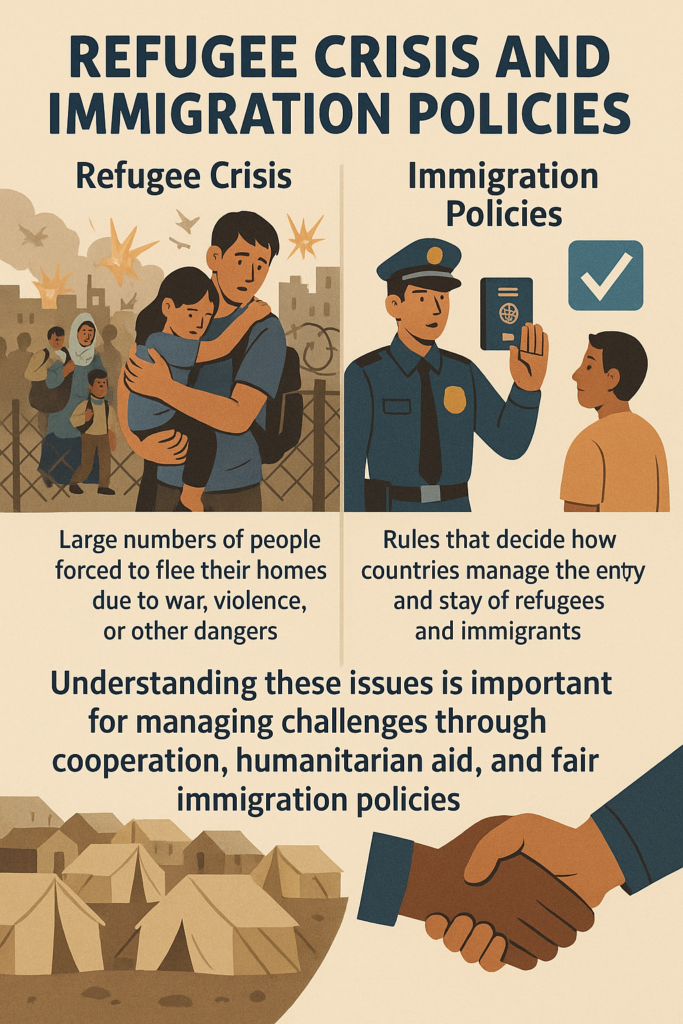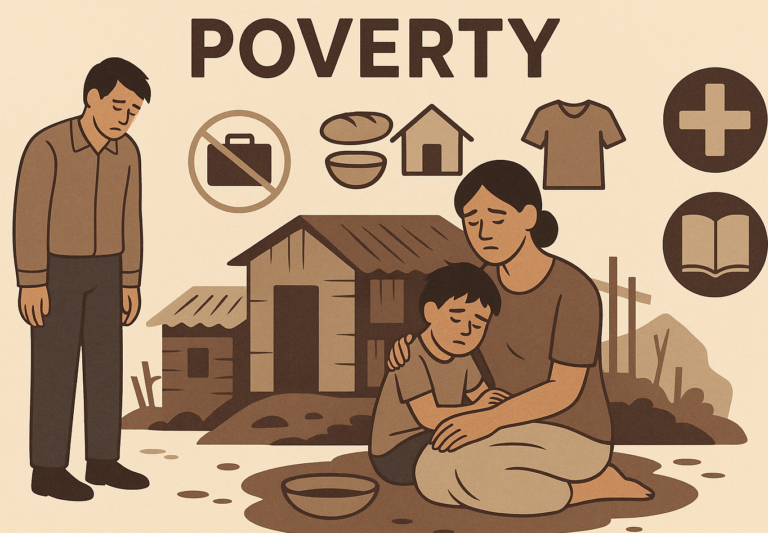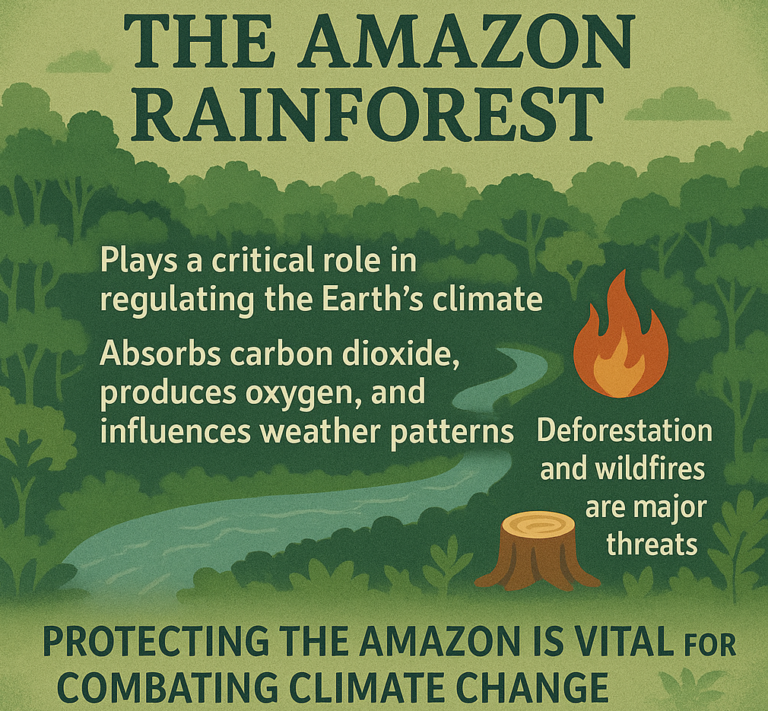A refugee crisis happens when a large number of people are forced to leave their home country due to war, violence, persecution, or natural disasters. These refugees often seek safety in other countries. Immigration policies are the rules and laws that countries use to decide who can enter their borders, stay, and live there. Understanding refugee crises and immigration policies is important because they affect both the people fleeing danger and the countries they seek to enter.

1. What is a Refugee?
- Refugees are people who flee their home country because they face threats like war, violence, discrimination, or fear of persecution due to their religion, ethnicity, political beliefs, or sexual orientation.
- International protection: Refugees need protection from the country they flee to because they can’t stay safe in their own country. Many countries are signatories to international treaties (like the 1951 Refugee Convention) that agree to provide safety for refugees.
2. Causes of Refugee Crises
- War and Conflict: Armed conflicts between countries or within countries (like civil wars) force people to flee their homes to avoid violence. For example, the Syrian civil war caused millions to become refugees.
- Persecution: People may be persecuted or targeted by their government or other groups because of their ethnicity, religion, or political views. For instance, many people from Myanmar have fled due to persecution against the Rohingya Muslim minority.
- Natural Disasters: Earthquakes, floods, droughts, and other environmental disasters can destroy homes and farmland, forcing people to leave. This is often referred to as climate migration.
- Economic hardship: In some cases, people leave their country because of severe economic problems that leave them unable to provide for themselves and their families. Though not always classified as refugees, economic migrants often seek better opportunities elsewhere.
3. How Refugee Crises Affect Countries
- Increased population: When a country accepts refugees, their population increases. This can place a strain on resources like food, healthcare, housing, and jobs.
- Cultural and social impact: Refugees bring their cultures, languages, and traditions to their new country. This can enrich the society but also create challenges in terms of integration and cultural differences.
- Economic costs: Countries may face costs to provide refugees with basic needs like food, shelter, and healthcare. However, over time, refugees can contribute to the economy by working and paying taxes.
4. Immigration Policies: How Countries Decide Who Can Enter
- Immigration policies are a set of rules created by governments to decide who can enter and stay in a country. These policies vary greatly from one country to another. Some policies are welcoming, while others are more restrictive.
- Refugee vs. Economic Migrant:
- Refugees are allowed to enter countries based on international law, which protects them from being sent back to danger.
- Economic migrants are people who move for better job opportunities and living conditions. They typically need to go through immigration processes like visas, permits, or sponsorships to enter a country.
- Asylum-seeking process: People who are fleeing danger but haven’t yet been recognized as refugees can apply for asylum. This means they ask the government of the country they’ve fled to for permission to stay. If they’re granted asylum, they can stay and live in that country safely.
5. Types of Immigration Policies
- Open-door policies: Some countries, especially those with fewer resources or a history of welcoming immigrants, have more lenient or open policies. For example, Germany took in over a million refugees during the 2015 Syrian refugee crisis.
- Restrictive policies: Other countries have stricter immigration policies and may only accept refugees in limited numbers or under certain conditions. These policies might include security checks, proving that someone truly needs asylum, or setting quotas on how many refugees they will accept each year.
- Humanitarian visas: Some countries offer humanitarian visas, which allow refugees or people fleeing crises to enter temporarily. These visas are given to people in urgent need, but they may not lead to permanent residency.
- Refugee camps: Countries near war zones or disasters often set up refugee camps to temporarily house displaced people. These camps are usually in neighboring countries and provide food, water, and medical aid. However, life in these camps can be difficult, and people often live in them for years.
6. Challenges of Refugee Crises
- Safety and security: While trying to escape danger, refugees may face risks along the way. Many refugees have to travel through dangerous areas, including crossing deserts, seas, or conflict zones, where they are at risk of being exploited or harmed.
- Access to basic needs: Refugees often don’t have access to clean water, healthcare, education, or safe shelter. In refugee camps, overcrowding and limited resources can make the situation even worse.
- Integration challenges: Refugees can face difficulties adjusting to life in a new country, including finding work, learning a new language, and understanding local customs. Host countries need programs to help refugees integrate into society.
7. Global Impact of Refugee Crises
- International aid and cooperation: Refugee crises often require help from the international community, including governments, organizations like the United Nations (UN), and charities. Countries work together to share the burden and provide resources to those in need.
- Political tension: Immigration policies can sometimes lead to political debates. Some people believe countries should do more to help refugees, while others feel their countries should limit immigration to protect jobs, security, or cultural identity.
- Economic benefits and challenges: While refugees may initially put pressure on public services, they can also contribute to the economy. They often take jobs in sectors like healthcare, agriculture, or construction. However, the economic benefits depend on how well refugees are integrated into the job market and society.
8. Recent Refugee Crises
- Syria: The ongoing conflict in Syria has displaced millions of people, many of whom have sought refuge in neighboring countries like Turkey, Lebanon, and Jordan, and also in Europe and beyond.
- Venezuela: Economic collapse and political instability in Venezuela have led millions to flee the country, primarily to Colombia and other parts of Latin America.
- Afghanistan: After the U.S. withdrawal in 2021, many Afghans were forced to flee the country due to the Taliban’s return to power, seeking refuge in nearby countries like Pakistan and Iran, as well as farther away in Europe and the U.S.
9. Solutions and Responses
- Refugee resettlement programs: Some countries have formal refugee resettlement programs that help refugees start new lives. These programs can include providing housing, work opportunities, and language classes.
- Improved immigration policies: Many countries are working to create policies that are fair, clear, and efficient for both refugees and immigrants. These policies aim to balance humanitarian needs with security concerns.
- Supporting refugee camps and local communities: Donor countries can provide funding and resources to improve conditions in refugee camps and support host countries that are taking in large numbers of refugees.
Conclusion:
Refugee crises occur when large numbers of people are forced to leave their homes due to war, violence, or other dangers. Immigration policies are the rules that decide how countries manage the entry and stay of refugees and immigrants. While refugee crises create significant challenges for both the people fleeing danger and the countries they seek refuge in, there are ways to manage the situation through cooperation, humanitarian aid, and fair immigration policies. Understanding these issues is key to creating a more compassionate and just world for people who need help the most.











